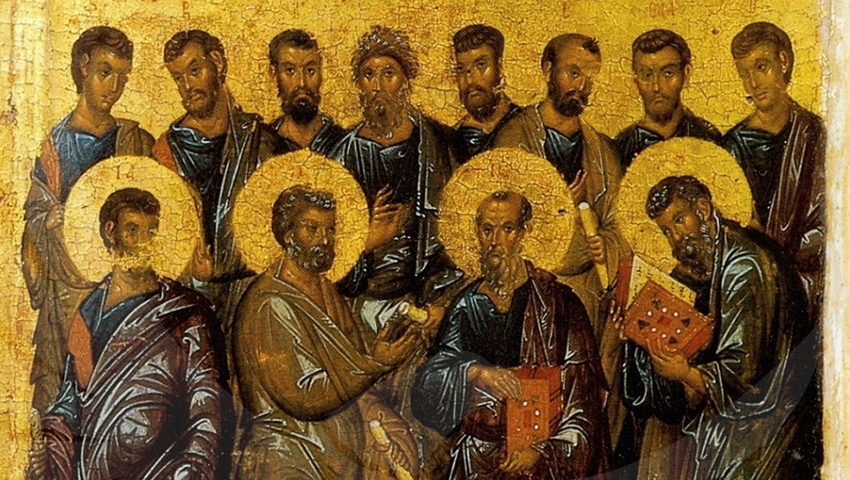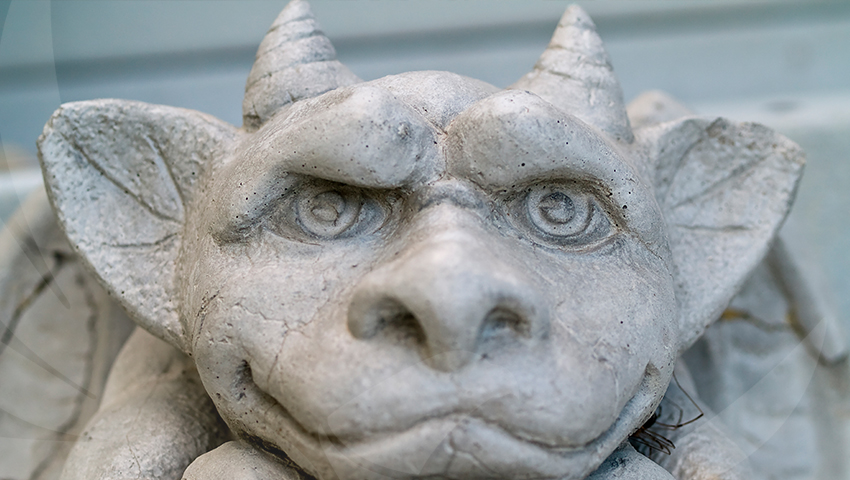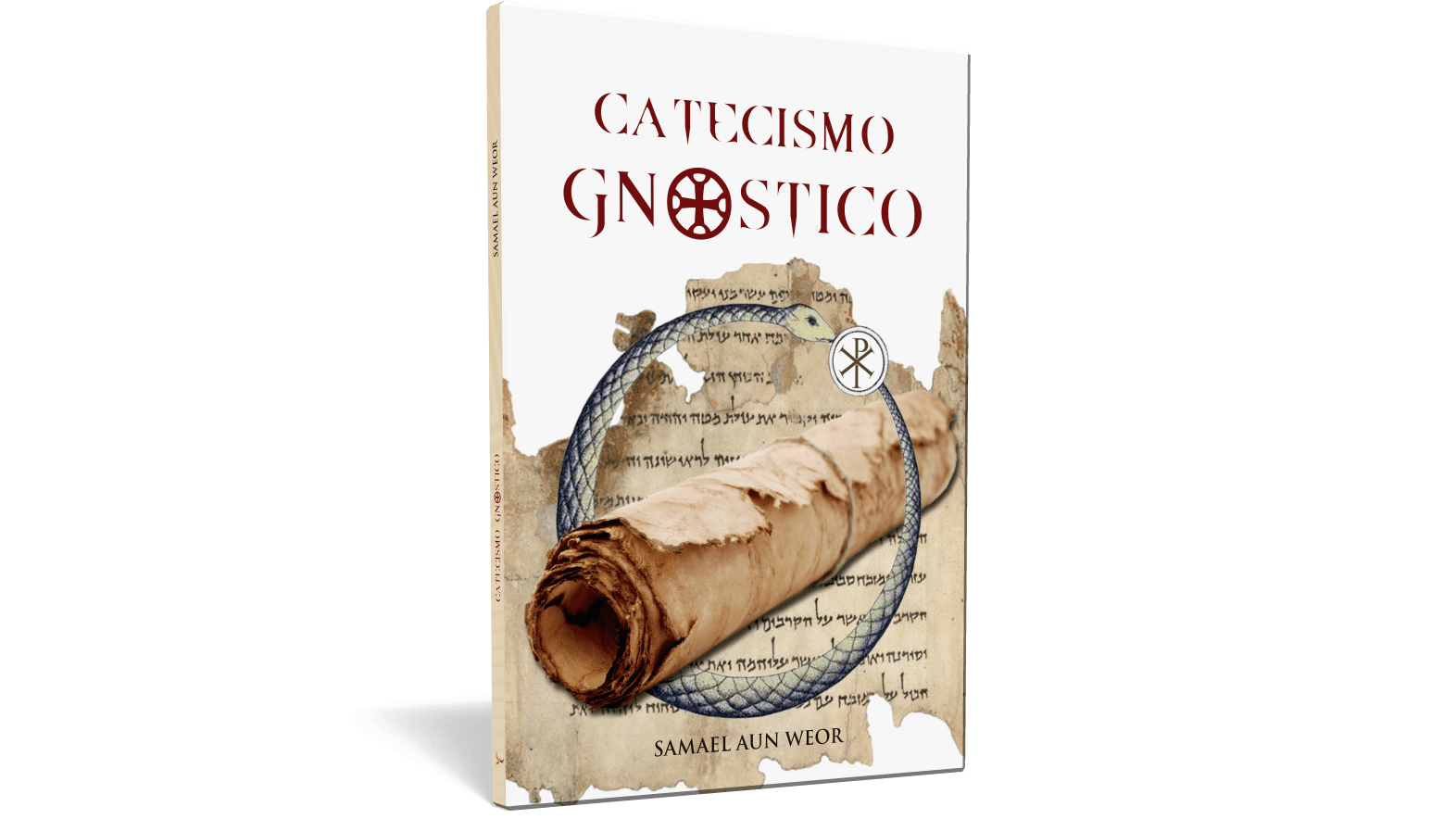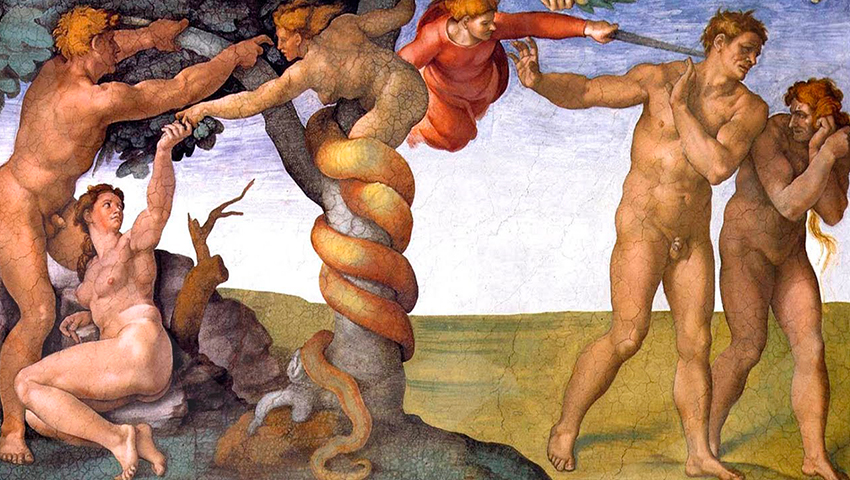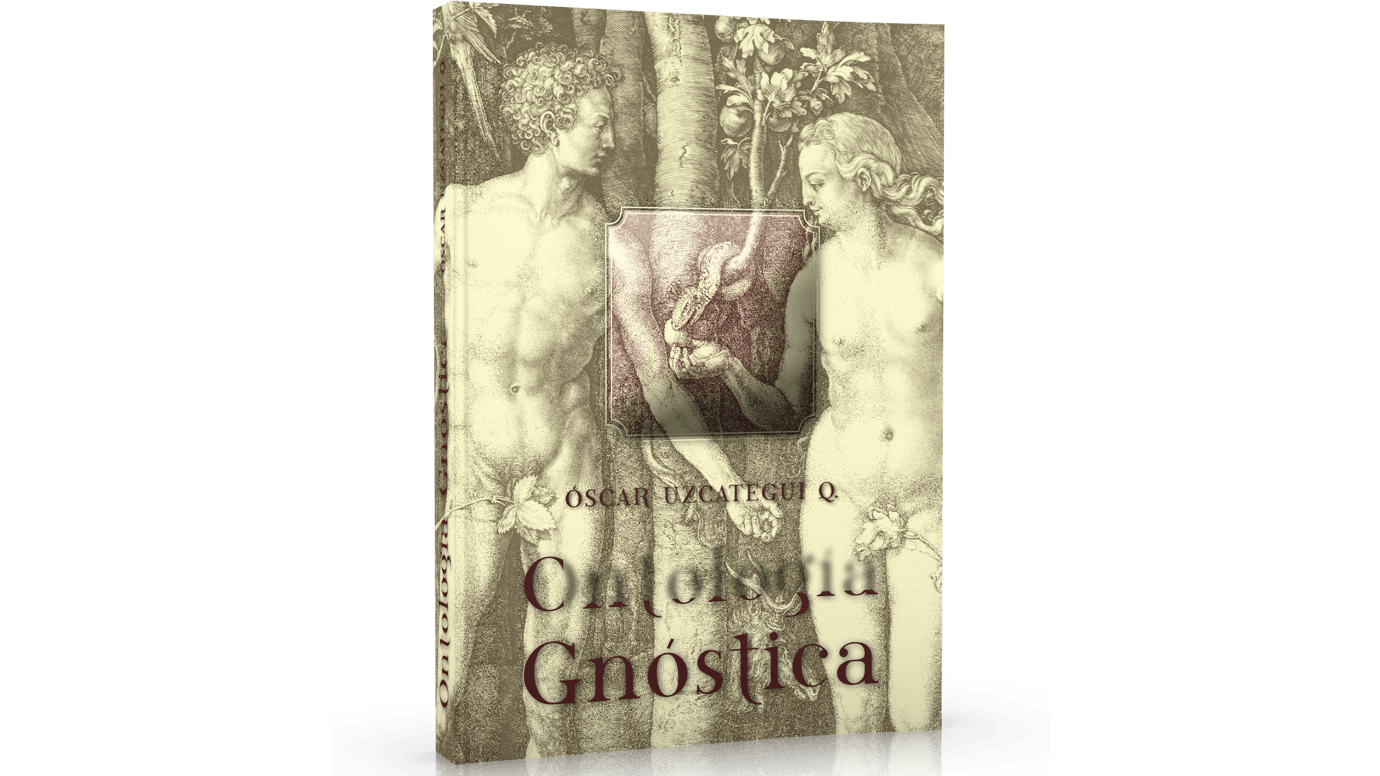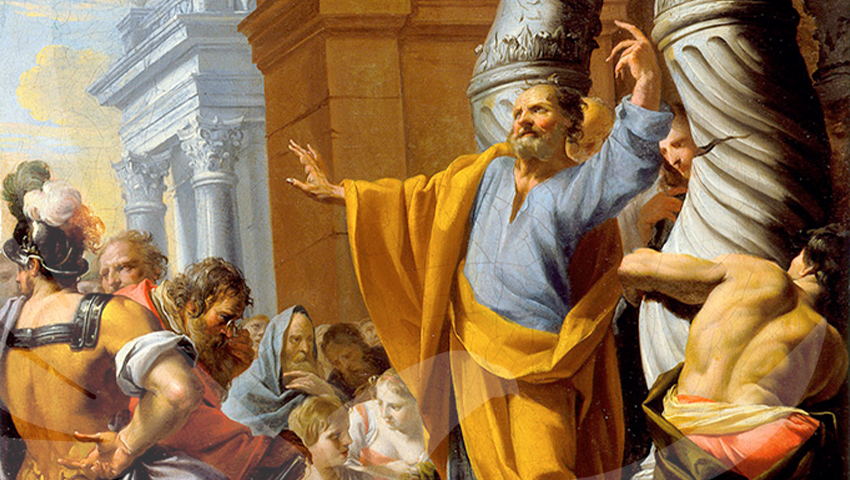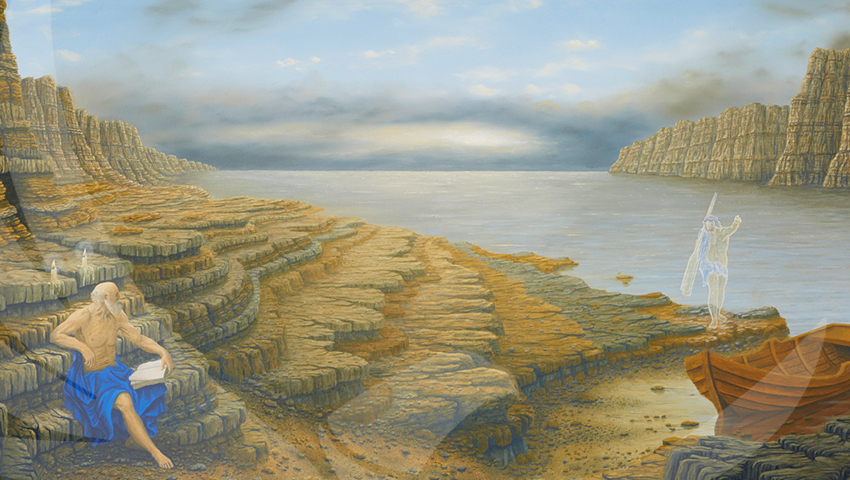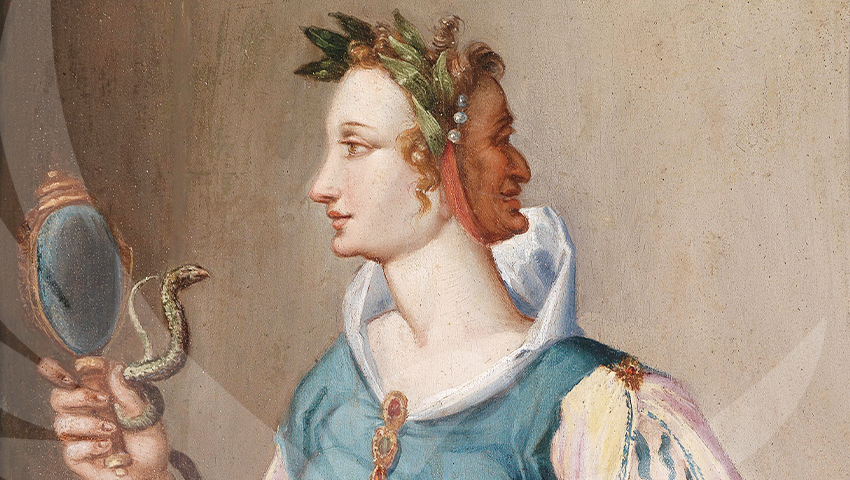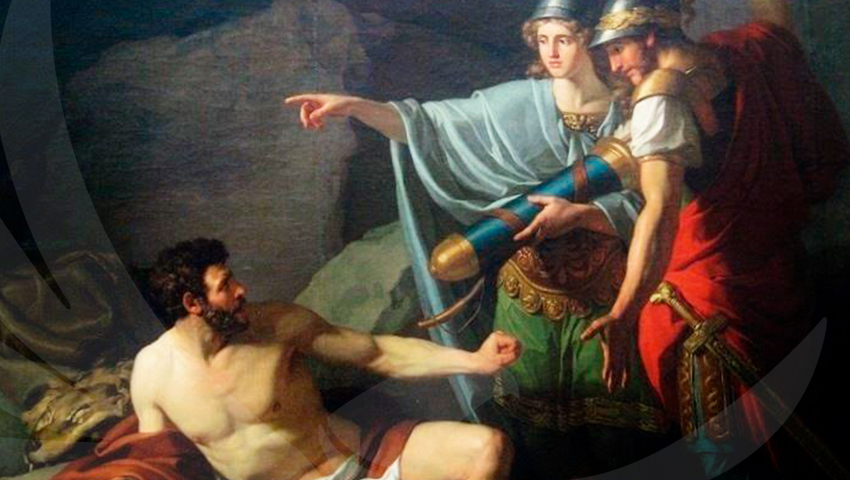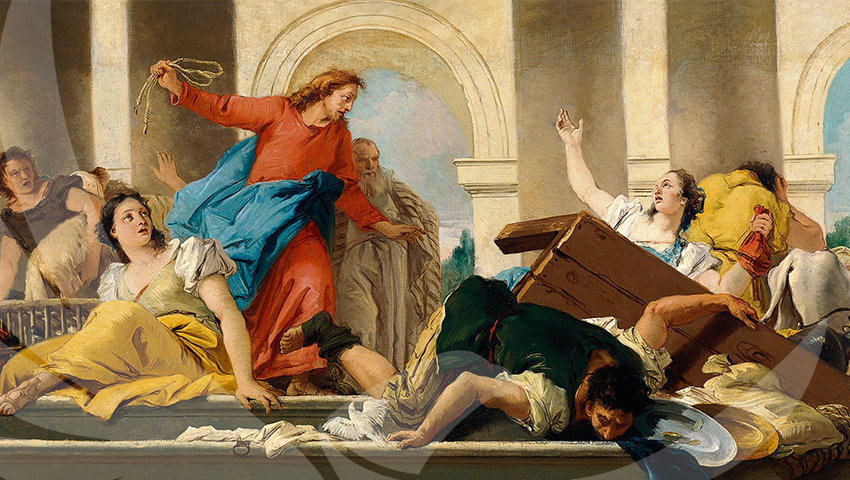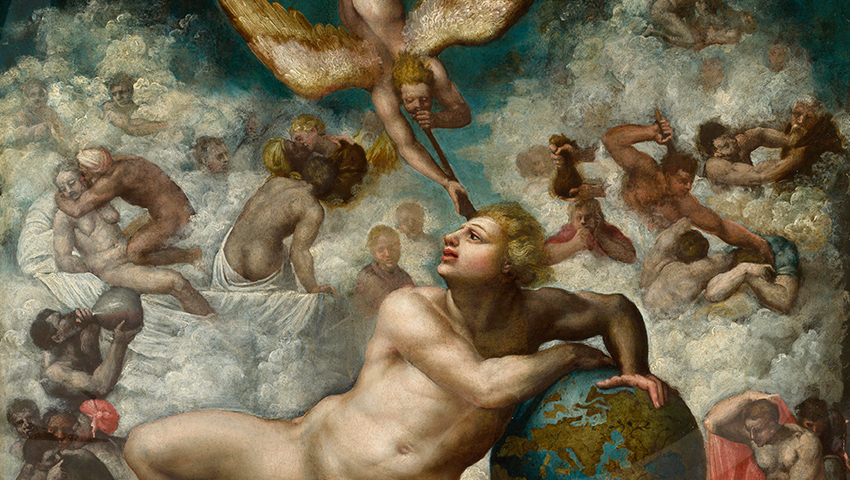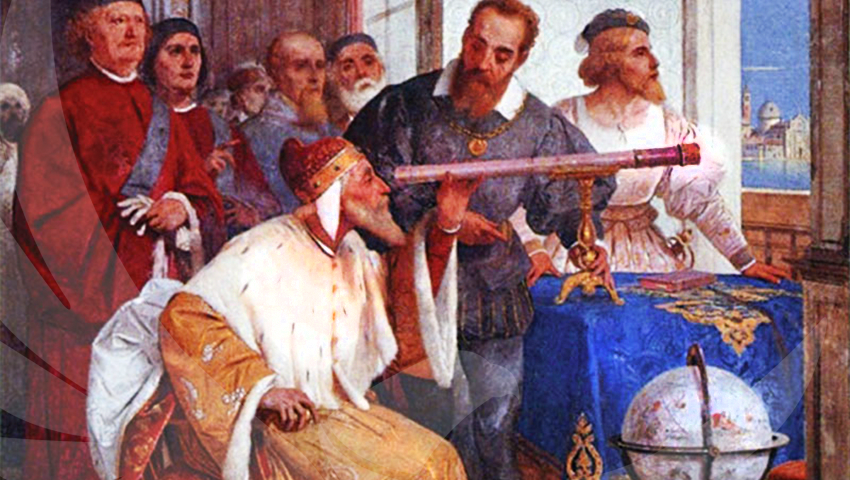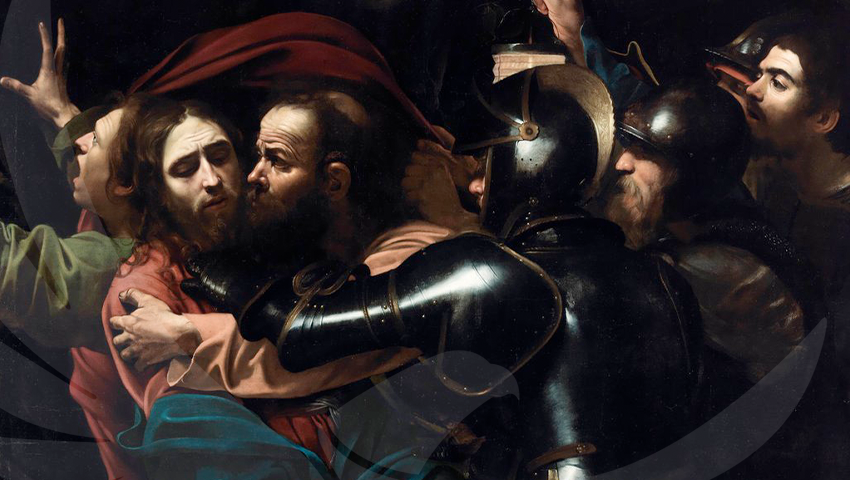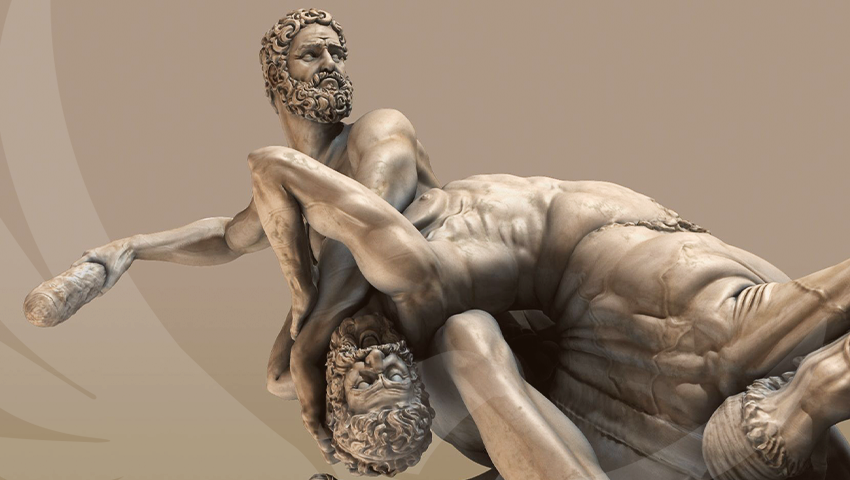Estimados lectores:
En esta oportunidad quiero haceros llegar un artículo que considero grandioso, altamente histórico por su contenido y esencialmente gnóstico por referirse a la muerte que encontraron los doce apóstoles seguidores del V.M. Aberamentho.
Este artículo añade el lugar en el que finalmente se hallaron sus tumbas conteniendo sus huesos y sus reliquias.
Lo interesante, queridos amigos, es que a medida que vamos leyendo la forma en que fueron martirizados estos VERDADEROS HOMBRES por las multitudes inconscientes, nos vamos dando cuenta de la asombrosa FE y CONVICCIÓN que estos seres llegaron a tener en sus adentros anímicos y su lealtad suprema a quien fuera su Maestro, Gurú y Preceptor.
Sin más, caro lector, te invito a la lectura de estas interesantes historias que merecen ser llevadas a la reflexión y a la meditación:
¿DÓNDE SE ENCUENTRAN LAS TUMBAS DE LOS DOCE APÓSTOLES DE JESÚS?
«En un artículo del National Catholic Register se informó sobre los lugares donde, con mayor certeza y basándose en investigaciones de arqueólogos, se encontrarían las tumbas de los 12 apóstoles.
Los doce apóstoles son: Simón, llamado Pedro, y su hermano Andrés; Santiago el Mayor ─hijo de Zebedeo─ y su hermano Juan; Felipe y Bartolomé; Tomás y Mateo el publicano; Santiago el Menor ─hijo de Alfeo─; Simón el Cananeo, Judas Tadeo y Judas Iscariote, quien entregó a Jesús. En reemplazo de este último, se nombró luego a Matías.
San Pedro
El artículo del escritor Thomas Craughwell, indica que durante los últimos 100 años, los arqueólogos casi han confirmado la ubicación de las tumbas de San Pedro, San Pablo y San Juan.
Alrededor del año 64, San Pedro fue crucificado de cabeza por Nerón en la colina del Vaticano. Los cristianos recuperaron su cuerpo y lo enterraron en un cementerio cercano. Alrededor del año 326, el emperador Constantino niveló lo que quedaba de la arena y la colina y erigió una gran basílica con el altar mayor colocado sobre la tumba de San Pedro. Pero después de siglos de restauraciones y reconstrucciones, la ubicación de la tumba se perdió. La tradición seguía insistiendo en que los huesos de Pedro yacían debajo del altar mayor de su basílica, pero nadie lo había visto en siglos.
En 1939, los trabajadores cavaban una tumba para el Papa Pío XI en las grutas debajo de San Pedro, cuando uno de ellos sintió que su pala no encontraba más tierra. Al pasar una linterna por el agujero, el equipo vio el interior de un mausoleo del siglo II. La exploración reveló una necrópolis romana entera y perfectamente conservada que fue cubierta por pedido de Constantino. Directamente debajo del altar mayor de San Pedro, los arqueólogos encontraron una tumba simple que contenía los huesos de un hombre robusto y anciano. En la pared de la tumba se encontraron innumerables oraciones y peticiones a San Pedro, así como una inscripción griega que decía: “Pedro está dentro”. Después de años de estudio, San Pablo VI declaró en 1968 que los huesos en esa tumba pertenecían a San Pedro.
San Juan
La tradición indica que San Juan Evangelista murió en Éfeso, en lo que ahora es Turquía, alrededor del año 100. En el siglo IV, después de que Constantino pusiera fin a la persecución contra la Iglesia, los cristianos de Éfeso construyeron una capilla sobre la tumba del apóstol. En el siglo V, el emperador Justiniano reemplazó la capilla con una gran basílica. Después de que la región fue conquistada por los turcos, la basílica se convirtió en una mezquita, que a su vez fue destruida por Tamerlane en 1402. En la década de 1920, equipos arqueológicos de Grecia y Austria excavaron los restos de la basílica y encontraron en su interior la tumba de San Juan. La tumba estaba vacía y nadie sabe qué fue del cuerpo del apóstol.
San Andrés
San Andrés, el primer hombre al que Cristo llamó a ser apóstol, fue el hermano de San Pedro. Se dice que después, tras la ascensión de Cristo al Cielo, Andrés llevó el evangelio a las tierras que ahora son Rusia y Ucrania. Luego, en su vejez, viajó a Grecia, donde fue martirizado en la ciudad de Patras. Los cristianos locales lo enterraron allí, pero en el año 357 la mayoría de sus huesos fueron trasladados a Constantinopla. En 1204 los cruzados italianos saquearon el santuario de San Andrés y llevaron sus reliquias a Amalfi, donde permanecen hasta el día de hoy.
En 1964, San Pablo VI devolvió algunas de las reliquias de Andrés a la Iglesia ortodoxa griega, y están nuevamente consagradas en la basílica construida sobre lo que se cree que es la tumba original del apóstol.
Santiago el Mayor
En el año 44, Santiago el Mayor, hermano de San Juan, fue martirizado en Jerusalén, siendo el primero de los apóstoles en dar su vida por la fe católica. Según la tradición, su cuerpo fue transportado milagrosamente al norte de España y enterrado en un cementerio cristiano ─los españoles creen que durante los viajes Misioneros de Santiago por el Mediterráneo predicó el evangelio en España─.
Una leyenda popular dice que las reliquias del apóstol se quedaron allí, olvidadas, hasta el 814, cuando un ermitaño llamado Pelayo siguió una estrella a un campo abierto y descubrió los restos del apóstol. Hoy están consagrados en la Catedral de Santiago en Santiago de Compostela. Curiosamente, debajo de la catedral, los arqueólogos han encontrado un cementerio cristiano del primer siglo.
Santiago el Menor
Santiago el Menor sirvió como primer obispo de Jerusalén y fue martirizado allí: arrojado desde el techo del templo y, dado que aún estaba vivo, fue golpeado y apedreado hasta la muerte. Según la tradición, Santiago fue enterrado en el Monte de los Olivos, con vista a Jerusalén. En el siglo VI, el emperador Justiniano II trasladó sus reliquias a Constantinopla. En algún momento, una parte o quizás todas las reliquias de Santiago se trasladaron a la Iglesia de los Doce Apóstoles en Roma, donde hoy se encuentran en el mismo santuario con las reliquias de su compañero apóstol San Felipe.
San Felipe
En julio de 2011, los arqueólogos que trabajaban en Turquía anunciaron que habían descubierto lo que creían que era la tumba original de San Felipe. El sarcófago romano del siglo I se encontró en las ruinas de una iglesia de los siglos IV o V dedicada al apóstol. De acuerdo con una tradición registrada en el documento apócrifo del siglo IV, conocido como los Hechos de Felipe, alrededor del año 80, el apóstol fue arrestado en Hierópolis, clavado de sus pies en un árbol boca abajo y finalmente decapitado.
El sitio de la tumba de San Felipe se convirtió en lugar de peregrinación y los arqueólogos han descubierto el camino que conducía al Martyrium o santuario de los mártires. El santuario fue destruido en el siglo VII por un violento terremoto e incendio; las reliquias de San Felipe fueron trasladadas a Constantinopla y de allí a Roma, donde fueron consagradas con las reliquias de Santiago el Menor en la Iglesia de los Doce Apóstoles.
Cuando los arqueólogos abrieron el sarcófago en Hierópolis, no encontraron huesos humanos en la tumba, por lo que es posible que los restos de San Felipe se conserven en la cripta de los Doce Apóstoles en Roma.
Tomás, Bartolomé, Mateo, Simón y Judas Tadeo, y Matías
La antigua tradición dice que Santo Tomás viajó más lejos que cualquiera de los otros apóstoles, predicando el evangelio en la India, donde fue martirizado por un sacerdote hindú que lo atravesó con una lanza. Hoy en día, una porción de los huesos de Santo Tomás son venerados en la Basílica de Santo Tomás en Chennai ─India─. De alguna manera, la mayoría de sus restos fueron transportados a Edessa, en Mesopotamia. En 1258 estas reliquias fueron llevadas a Ortona ─Italia─, donde se encuentran en un cofre de oro dentro de un altar de mármol blanco en la Basílica de Santo Tomás Apóstol.
Se cuenta que después de Pentecostés, San Bartolomé llevó la cristiandad a Armenia, donde fue martirizado tras ser desollado vivo. En el 809, las reliquias de San Bartolomé fueron trasladadas de su tumba en Armenia, a Lipar, y luego, en 838, a Benevento, en el sur de Italia. En 983, el emperador romano Otto III erigió en Roma una iglesia en la isla Tiberina, en el río Tíber; dedicó la iglesia a San Bartolomé y tenía allí una parte de las reliquias del apóstol. Así que tanto Roma como Benevento son los santuarios principales de San Bartolomé.
El recaudador de impuestos que se convirtió en evangelista, San Mateo, predicó en Etiopía, donde fue martirizado cuando celebró la misa. En el 954, las reliquias de San Mateo fueron trasladadas de su tumba en Etiopía a la ciudad de Salerno, en Italia. Las reliquias son veneradas en la cripta de la catedral de San Mateo de Salerno.
Cada año, millones de peregrinos visitan la Basílica de San Pedro de Roma, y la mayoría de ellos camina por el altar que alberga las reliquias del inmensamente popular San Judas Tadeo y de San Simón, menos venerado.
La tradición dice que los dos apóstoles viajaron juntos para predicar el evangelio en Persia, donde fueron martirizados: Judas fue golpeado hasta la muerte con un palo y Simón fue cortado por la mitad. Es incierto cuándo sus reliquias fueron trasladadas a Roma.
Los once apóstoles sobrevivientes eligieron a San Matías para reemplazar a Judas Iscariote, que traicionó a Nuestro Señor y luego se quitó la vida. Se dice que alrededor del año 326, la emperatriz Santa Elena encontró la tumba de San Matías en Jerusalén y envió sus reliquias a los cristianos de Tréveris ─Alemania─. Sus restos todavía son venerados en la Basílica de San Matías de Trier.
Los restos de San Pablo
Aunque Saulo de Tarso ─posteriormente llamado Pablo─ no fue parte de los apóstoles que siguieron a Jesús, es conocido también como el apóstol de los gentiles.
Según la tradición, San Pablo fue decapitado el mismo día que San Pedro fue crucificado. Constantino no olvidó a San Pablo: construyó una basílica sobre la tumba del apóstol en la Vía Ostiense. En 2009, el Papa Benedicto XVI anunció que, después de varios años de estudio, los arqueólogos del Vaticano se sintieron seguros de que los restos consagrados en un sarcófago debajo del altar mayor de la Basílica de San Pablo Extramuros de Roma son, de hecho, las reliquias de San Pablo.
Fragmentos de hueso fueron carbonizados por expertos que no sabían nada sobre su procedencia y los resultados mostraron que eran de alguien que vivió entre el siglo I y II. “Esto parece confirmar la tradición unánime e indiscutible de que estos son los restos mortales de Pablo el Apóstol”, dijo Benedicto XVI».
Agrego, querido lector, unas frases para la reflexión:
«Para el martirio se requiere que haya lucha, es decir, alguien que impugne la virtud o la verdad».
P. Vitoria
«Es el martirio una rúbrica de la Fe».
Fray Damián Cornejo
«El precio de las cosas depende de su mérito, jamás de su epíteto».
Shakespeare
«La fidelidad es la que produce los milagros de la pasión y de la voluntad».
Madame de Stuël
«Sufrimos más a medida que más amamos. La suma de los dolores posibles para cada alma es proporcional a su grado de perfección».
Amiel
«HAEC AUTEM OMNIA IN FIGURA CONTINGEBANTIILLIS: SCRIPTA SUNTIAUTEM AD CORRECTIONEM NOSTRAM, IN QUOS FINES SAECULORUM DEVENERUNTI».
Sancti Pauli Corinthiis Espistola Prima, cap.X, v.11
─‘Todas estas cosas les sucedieron a ellos en figura y fueron escritas para amonestarnos a nosotros, para quienes ha llegado la plenitud de los tiempos’─.
Primera Epístola de San Pablo a los Corintios, cap. X, v. 11.
Oremus…
KWEN KHAN KHU
